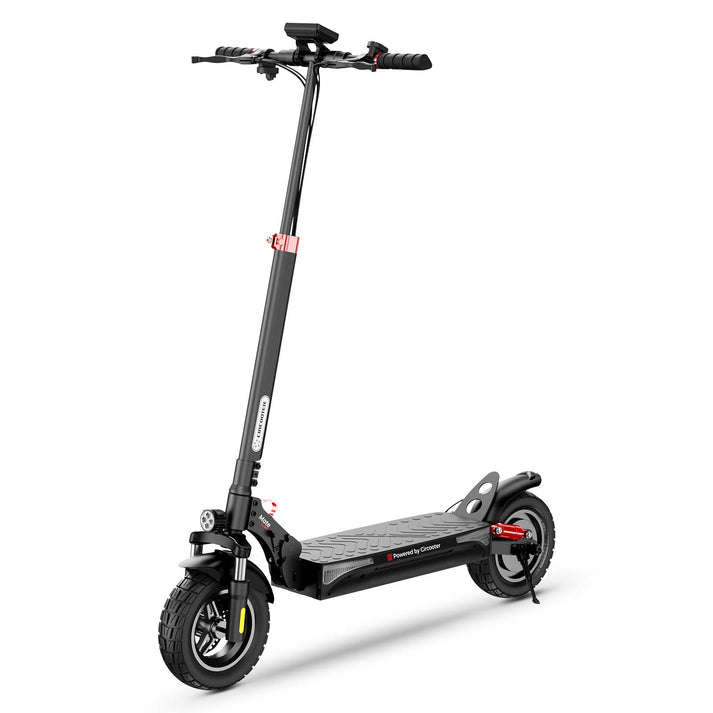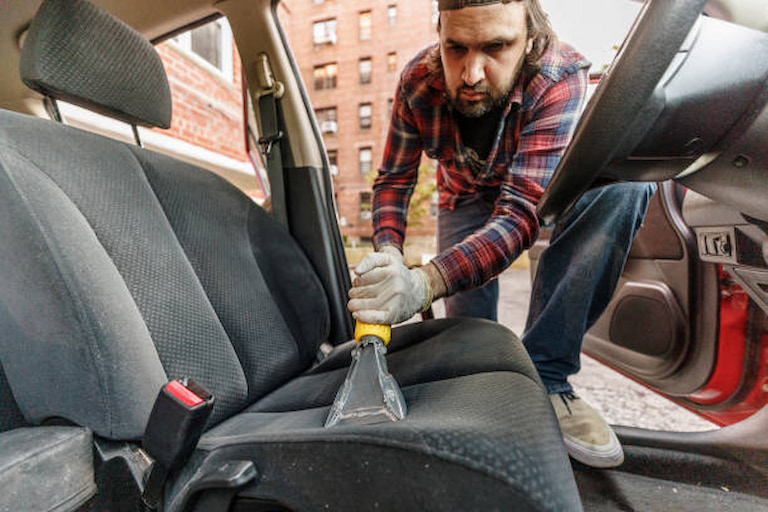There are a lot of destinations out there to explore on your ATV, but you might need some help getting your all-terrain vehicle to your destination. If you are thinking about bringing your ATV on a trip, you’ll likely need to haul it by renting a trailer and other equipment. This can be a complicated process depending on where and how far you’re going, but you should be able to safely transport your vehicle if you use the right ATV riding gear. Learn how to safely transport an ATV to explore new trails and parks that you might otherwise never get to visit.
Table of Contents
Inspect Your Equipment
You need to make sure your ATV is in good condition before hitting the road. There’s no point in hauling a broken vehicle halfway across the country. Driving a vehicle in need of repairs can also leave you stranded in an unfamiliar area. The average ATV can handle up to 10,000 miles of cruising when it’s well-maintained. Create a pre-riding checklist for your vehicle and regularly inspect it for damage during the trip. Monitor the oil, coolant and brake fluid levels and bring extra just in case. Bring a copy of the owner’s manual and repair kit to fix common issues on the fly, so you don’t have to spend your trip searching for a local mechanic.
Hauling the ATV
There are several ways to take an ATV on the road. Remember that ATVs are not street legal, which means you can’t drive them on the highway and other public roads. You will need to either rent a trailer and haul the ATV or load it into the back of your pickup truck.
Hauling with a Truck
If you choose to haul the ATV in your truck, make sure it can handle the weight. We’ve all seen those viral YouTube videos where someone’s ATV falls off the back of the truck. This can damage both vehicles, so do your research ahead of time. Calculate the full weight of the ATV by looking up the factory model. Don’t forget to include all the extra accessories or modifications you may have added over the years, as well as the weight of the gas.

Compare the weight to the vehicle tailgate weight capacity based on the make and model. You should be able to find this information online or in the user’s manual.
You will need a ramp with secure straps to get the ATV onto the back of your truck. With the truck hatch down, bring the vehicle as far into the truck bed as possible to keep the weight centered. Strap it down to secure it into position and look at the rear of your truck to see if it is sagging. The truck tailgate should be level with the bed. If the ATV doesn’t fit into your truck, consider using an in-bed ramp to give yourself a few extra inches.
Many ATVs have the weight equally distributed between the front and back, but some are lighter in the front. If your tailgate has a low weight rating, you can try loading the ATV backwards so that the exhaust goes in first.
Hauling with a Trailer
If you don’t have a pickup truck or a large enough truck bed, you’ll need to use a trailer instead. This option gives you more room for your ATV. You can even haul more than one off-road vehicle at a time. The trailer needs to have a license, registration and insurance. Compare the weight of your equipment to the weight capacity of the trailer to avoid overloading it. You will also need a hitch to connect the trailer to your vehicle. Make sure the hitch is compatible with the trailer with the ATV loaded in. You may need to purchase a separate ramp along with the trailer if one isn’t included.
Traveling with more than one ATV? Make sure the larger one goes into the trailer first. When driving the ATV onto the ramp, use a little throttle and keep it in the lowest gear. Secure the ATV with ratchet straps and make sure it doesn’t move when you start towing.
Driving with the ATV
Going on a road trip with an ATV can make you a target of theft. There should be one person in the car to look after the quads at all times. Consider using a large security cable to tether the ATVs together.

Avoid spending the night in areas with low visibility and poor security. Additionally, you may want to cover the ATVs if the weather takes a turn for the worse.
Always drive slowly and use caution when driving with an ATV attached to your vehicle. Give yourself more room to turn and increase your stopping distance.
Ready to Ride
When you finally arrive at your destination, use off-road communication to keep in touch with your companions while riding. Most ATVs can only fit one person at a time. Always keep your hands on the handlebars and keep your eyes on the road to stay safe when exploring new territories. Coordinate with your group by talking directly into the device instead of using hand signals. Bring along paper maps of the park, a compass, first aid kit and a flare in case you need to signal for help.
If bringing your ATV along for the ride seems like too much of a burden to bear, you might be able to rent an all-terrain vehicle at your destination. Research your options ahead of the trip to find the cheapest/easiest way to get where you’re going. Whether the terrain is muddy or dusty or the weather is sunny or rainy, ensure to always stay connected on your ride with a communication system.












:max_bytes(150000):strip_icc()/GettyImages-522272311-5949bdc15f9b58d58a035319.jpg)
